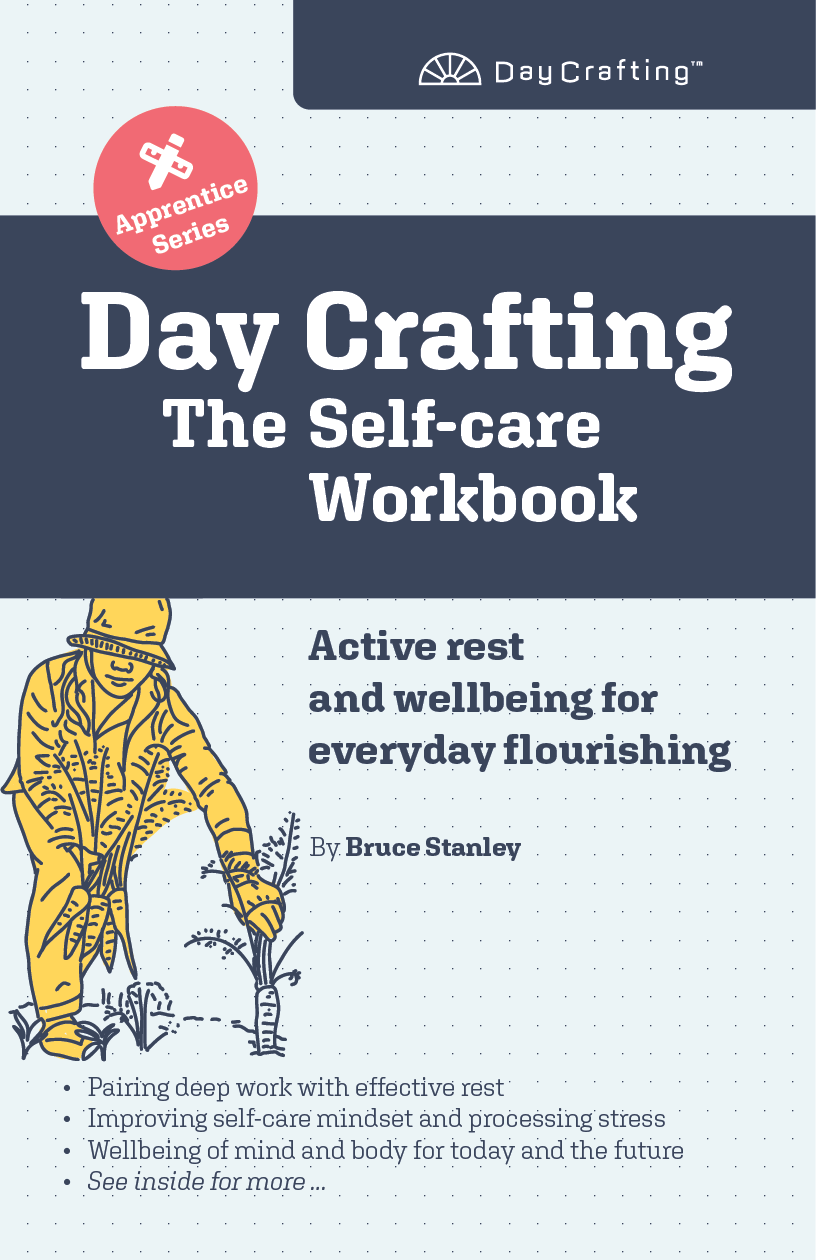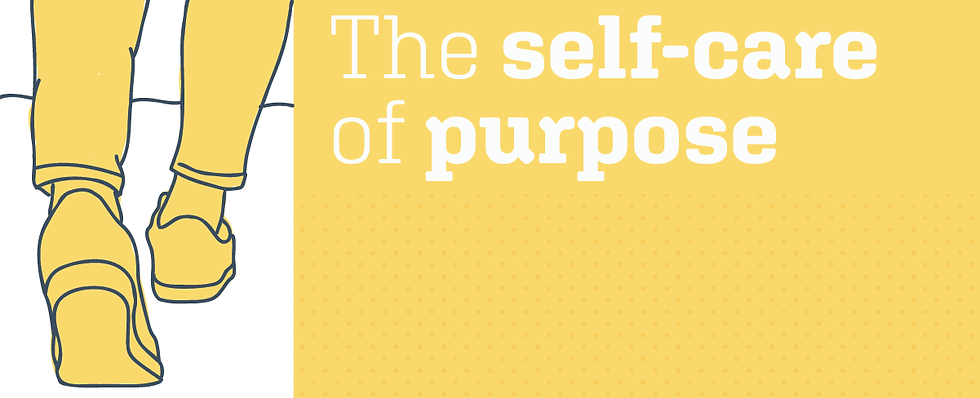Counting your happy days
- Bruce Stanley

- Dec 2, 2022
- 3 min read
Updated: Jul 23
Here's a short story about Abd al-Rahman III and Day Crafting. He was the grandson of the Emir, who selected him from all potential successors to ascend the throne at the age of 21. His father had been assassinated by one of his brothers, but there were other uncles and cousins to consider, so he must have been exceptional. Abd al-Rahman III was unusual in other respects – despite his Arab descent, he was a short, stocky man with fair skin and blue eyes, indicating that European concubines may have been part of his family history.

Muslim Spain enjoyed some unified peace under one of its predecessors at the end of the 8th century, but by the time Abd al-Rahman III came to power (912), that peace had unravelled. Abd al-Rahman sought to restore stability through military skill. For most of the 10th century, he was the most powerful prince of the Umayyad dynasty in Spain, known as the Emir of the Cordoba region (most of what is now Spain and Portugal except the North West) and later as the Caliph. His reign brought a degree of harmony among Muslims, Christians, and Jews, who made up society in Spain at that time. Under his rule, Cordoba became one of the largest, wealthiest, and most cultured cities in Europe.
He spent 32 years as a powerful and revered ruler of a peaceful and prosperous region with 3,000 European eunuchs to protect him and his harem. There's much more we could say, but what first caught my interest is a quote directly from him.
“I have now reigned above fifty years in victory or peace; beloved by my subjects, dreaded by my enemies, and respected by my allies. Riches and honours, power and pleasure, have waited on my call, nor does any earthly blessing appear to have been wanting to my felicity. In this situation, I have diligently numbered the days of pure and genuine happiness which have fallen to my lot: they amount to Fourteen: - O man! place not thy confidence in this present world!”
Wait, what? One Four? Fourteen Happy Days?
Do you experience a hint of schadenfreude at this revelation? I think I feel a little sympathy for him. According to measures in positive psychology, I am considered to have negative affect, but even I have experienced more than 14 days of genuine happiness. I observe these days and moments by asking myself a simple question: could this moment be improved in any way? And I often find myself in moments that cannot be. How wonderful.
Some of these moments rely on chance and mindset – the seemingly perfect alignment of circumstance, connection, inner state, and the willingness to view the moment as genuinely happy. However, it has always been the aim of Day Crafting to equip us with practical skills to create happy, perfect, brilliant, or remarkable days. In the Body-clock workbook, I have dedicated an entire section to this idea (wouldn't that, together with the Introductory Workbook, make a lovely gift?).
What about you? As we approach the end of the year, how many remarkable days have you planned and created? Have you held on to the memories of these days by reflecting on them? I'm organising an exercise to review the year and recall these days more effectively for newsletter subscribers.
The Practice
How many remarkable days should we schedule, design and craft this year? More or less than 14?









Comments